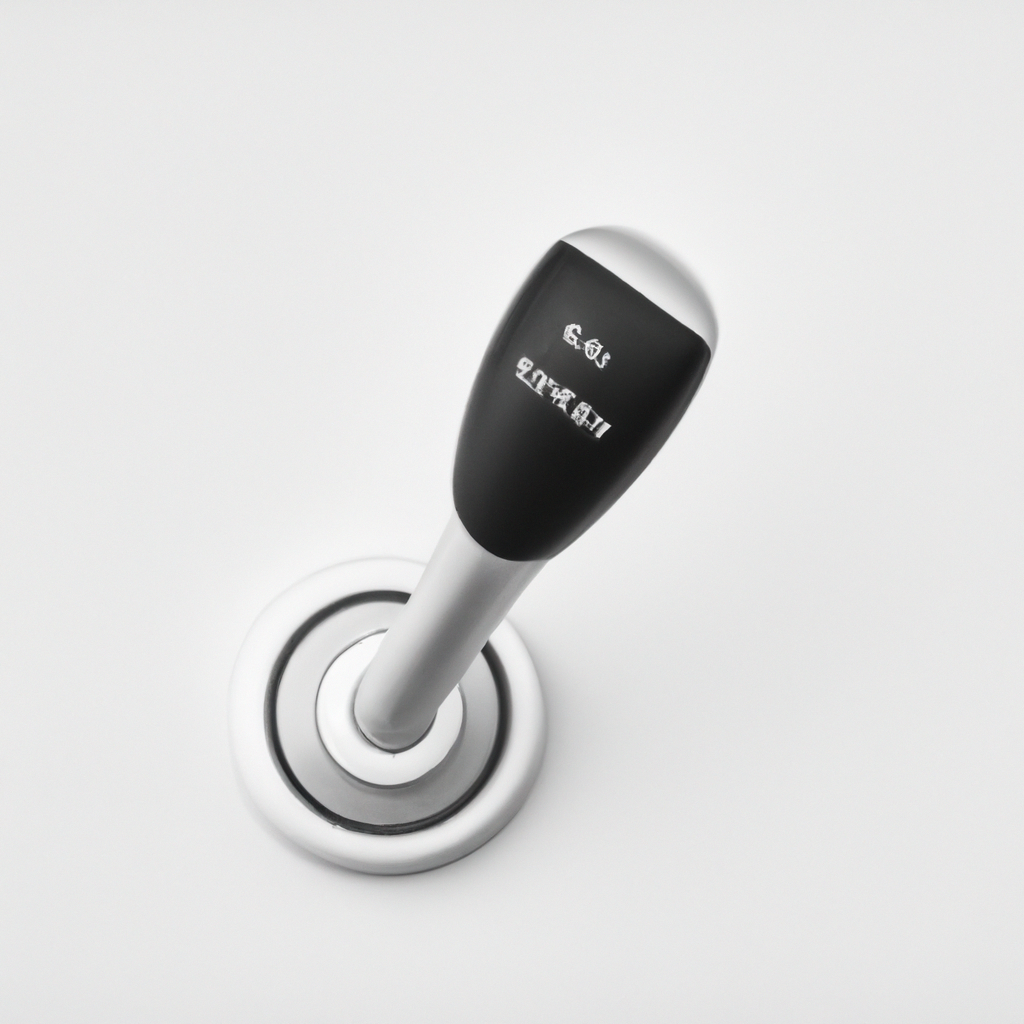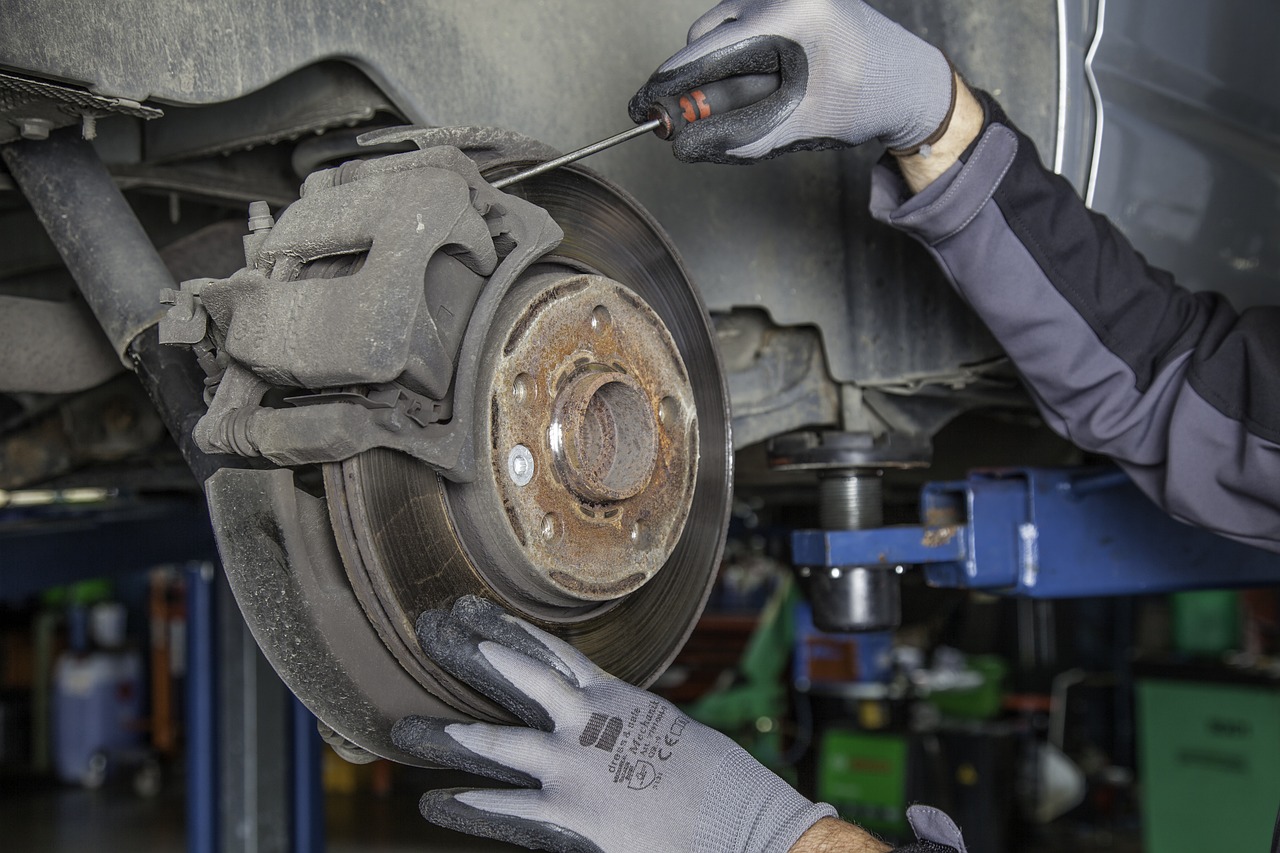When towing a car, one crucial decision that needs to be made is whether the car should be in neutral or not. The position of the car’s transmission plays a significant role in ensuring a smooth and safe towing experience. Keeping the car in neutral allows the wheels to move freely without causing damage to the transmission or drivetrain. However, there are certain situations where it may be necessary to keep the car in gear. In this article, we will explore the factors to consider when deciding whether to tow a car in neutral or not, ultimately providing you with the information you need to make an informed choice.
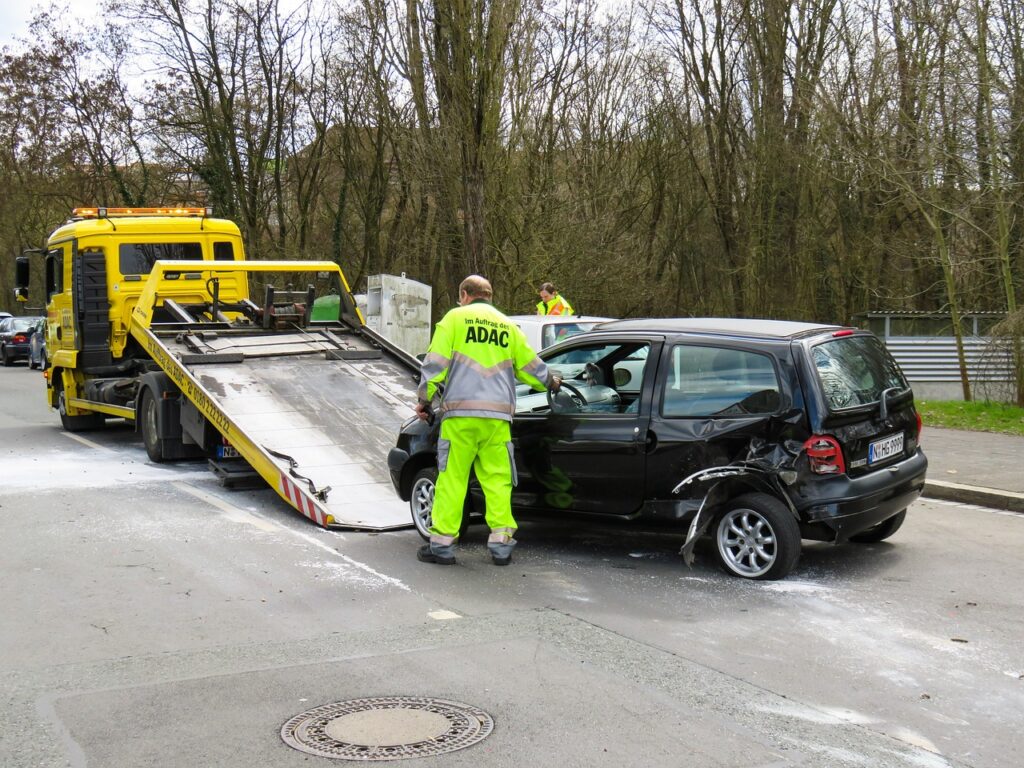
This image is property of pixabay.com.
The Importance of Towing a Car in Neutral
Understanding the Basics of Towing a Car
Towing a car involves the act of pulling one vehicle behind another using a tow truck, tow dolly, tow bar, or a rope/chain. Whether you need to tow a car due to mechanical issues, accidents, or simply for transportation purposes, it is crucial to understand the proper techniques and procedures involved to ensure safety and prevent potential damages.
The Role of Neutral in Towing
When it comes to towing a car, one key element to consider is whether the vehicle should be in neutral or not. The neutral gear plays a significant role in ensuring a smooth and safe towing process. By placing the car in neutral, you disengage the transmission and effectively disconnect the engine from the wheels. This allows the wheels to turn freely without resistance, reducing strain on the drivetrain and minimizing the risk of damage.
Potential Damages from Towing in Gear
Towing a car in gear, particularly with the transmission engaged, can lead to severe damage to the vehicle’s drivetrain, engine, and transmission. The act of towing with the gears engaged can cause unnecessary strain on these components, as they are not designed to handle the additional load placed on them. This strain can result in accelerated wear and tear, overheating, and even catastrophic failure, leading to expensive repairs or even rendering the vehicle inoperable.
Benefits of Towing in Neutral
Towing a car in neutral offers several advantages over towing in gear. Firstly, it reduces the stress on the drivetrain, transmission, and engine by disengaging them from the wheels. This alone can significantly extend the lifespan of these components and minimize the risk of damage. Additionally, towing in neutral allows for smoother and more controlled movements, improving the overall towing experience and reducing the chances of accidents or mishaps.
When to Tow a Car in Neutral
Towing with a Flatbed Truck
Using a flatbed truck is one of the safest methods of towing a car, as it allows the entire vehicle to be loaded and transported without any wheels touching the ground. When employing a flatbed truck for towing, it is essential to place the car in neutral to prevent any unnecessary strain on the drivetrain.
Towing with a Tow Dolly
When using a tow dolly, which is a small trailer that holds the front wheels of the towed vehicle off the ground, it is crucial to tow the car in neutral. This method ensures that the wheels of the towed vehicle can rotate freely without transmitting any power to the vehicle’s drivetrain.
Towing with a Tow Bar
A tow bar is a device that connects the towed vehicle to the towing vehicle using a set of bars. When towing with a tow bar, it is necessary to put the car in neutral to disengage the transmission and avoid any damages or strain on the drivetrain.
Towing with a Rope or Chain
Towing a car with a rope or chain, also known as “tow straps,” is a common method used in emergencies or situations without access to professional towing equipment. However, it is important to note that towing with a rope or chain can be risky and should only be done in short distances and at low speeds. Regardless of the method used, towing a car with a rope or chain requires the vehicle to be in neutral to prevent any transmission or drivetrain damage.
Exceptions to Towing in Neutral
Specific Manufacturer Guidelines
In some cases, specific manufacturers may provide guidelines or recommendations regarding towing their vehicles. It is crucial to consult the vehicle’s owner manual or contact the manufacturer directly to determine whether towing in neutral is advised or if there are any exceptions to the general rule.
Exceptions for All-Wheel Drive (AWD) or 4-Wheel Drive (4WD) Vehicles
All-wheel drive (AWD) or 4-wheel drive (4WD) vehicles may have specific requirements for towing. Some AWD or 4WD vehicles may require the use of a flatbed truck to ensure that all wheels are off the ground during towing. It is essential to refer to the owner manual or reach out to the manufacturer for specific instructions to prevent potential damages.
Special Cases for Manual Transmission Cars
Manual transmission cars have their own considerations when it comes to towing. In some cases, these vehicles may require the transmission to be in neutral, but the parking brake engaged, while others may require the transmission to be in gear and the parking brake released. Again, it is important to refer to the owner manual or seek guidance from the manufacturer to ensure safe towing practices.
Proper Preparations Before Towing
Checking the Vehicle’s Owner Manual
Before towing a car, always refer to the vehicle’s owner manual for specific instructions and guidelines. The owner manual will provide important information such as towing capacity, recommended towing methods, and any unique requirements for that particular vehicle. Familiarize yourself with this information to ensure you are following the correct procedures for towing.
Inspecting and Securing the Towing Equipment
Prior to towing, it is crucial to thoroughly inspect and secure the towing equipment. Check for any signs of wear or damage, such as frayed ropes, loose straps, or rusty chains. Ensure that all connections are secure and that the equipment is properly rated to handle the weight of the vehicle being towed. Failure to inspect and secure the towing equipment can lead to accidents, damage to the vehicles, or injury to individuals involved.
Disconnecting Battery or Electronics (if required)
Certain vehicles may require the disconnection of the battery or electronics before towing. This precaution is necessary to prevent any electrical malfunctions or potential damage to the vehicle’s electrical system. Consult the owner manual or contact the manufacturer to determine whether this step is necessary for the specific vehicle being towed.
Checking the Parking Brake and Wheels
Before initiating the towing process, it is essential to ensure that the parking brake of the towed vehicle is engaged and functioning correctly. This will prevent unintended movement during towing and provide an additional level of safety. Additionally, check that the wheels of the towed vehicle are straight and aligned to prevent any maneuvering issues or difficulties during towing.
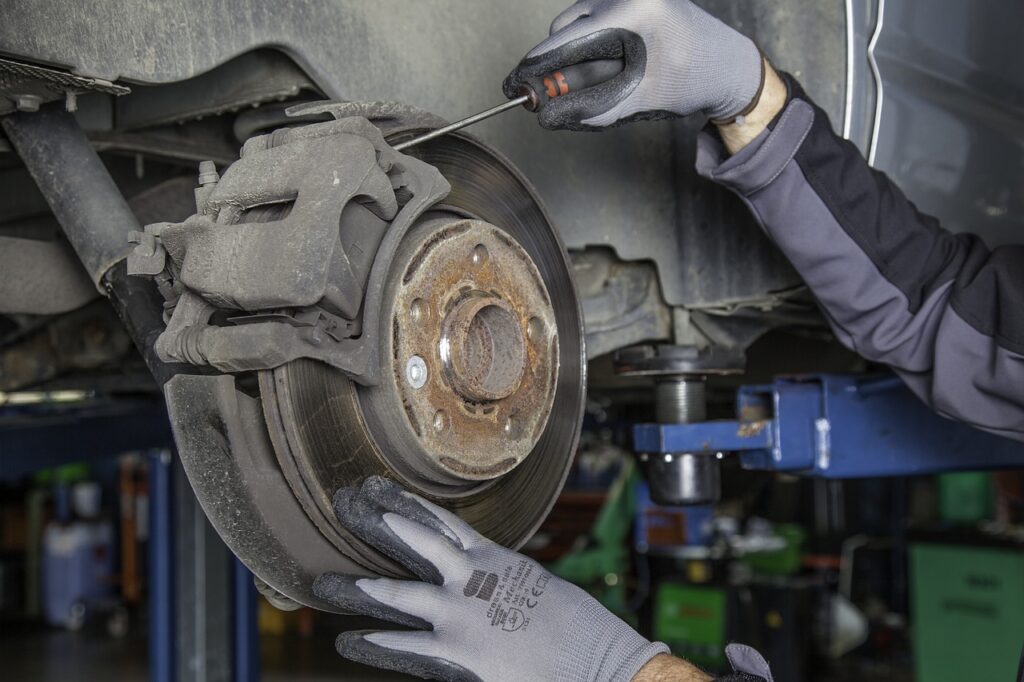
This image is property of pixabay.com.
Procedures for Towing a Car in Neutral
Double-Checking the Car is in Neutral
It is crucial to double-check that the car is in neutral before initiating the towing process. This step ensures that the transmission is disengaged, mitigating the risk of damage to the drivetrain, transmission, and engine.
Attaching the Towing Equipment Correctly
Properly attaching the towing equipment is vital for safe towing. Follow the manufacturer’s instructions and ensure that all connections are secure and in accordance with the recommended towing method. This includes attaching the tow bar, tow dolly, or ropes/chains correctly, and verifying that all safety measures have been followed.
Securing the Vehicle for Towing
After attaching the towing equipment, take the necessary steps to secure the towed vehicle for towing. This may involve applying additional straps or chains to prevent any lateral movements or shifting of the vehicle during transport. The goal is to ensure that the towed vehicle remains stable and securely fastened throughout the towing process.
Monitoring the Towing Process
While towing a vehicle in neutral is generally safe, it is important to continuously monitor the towing process. Keep an eye on the towed vehicle, the towing equipment, and the interaction between the towed vehicle and the towing vehicle. Vigilance during the towing process can help identify any potential issues or hazards and allow for immediate corrective action to be taken.
Preventing Potential Risks
Avoiding Excessive Speed
One of the most significant risks associated with towing is driving at excessive speeds. High speeds can lead to loss of control, instability, and increased stopping distances. To prevent accidents and ensure a safe towing experience, always adhere to the recommended speed limits and exercise caution while on the road.
Keeping a Safe Distance
Maintaining a safe distance between the towing vehicle and other vehicles on the road is essential. Towing adds additional weight and length to the overall vehicle combination, requiring more time to stop and maneuver. It is crucial to allow for adequate braking distance and avoid tailgating other vehicles to prevent collisions or incidents.
Maintaining Proper Braking
Proper braking techniques are crucial when towing a car. The increased weight and momentum of the towing vehicle and the towed vehicle necessitate extra care when braking. Implement gradual and controlled braking to maintain stability and prevent sudden stopping or skidding.
Adapting to Road Conditions
Towing a car requires heightened awareness and adaptability to various road conditions. Factors such as wet or slippery roads, uneven surfaces, or steep inclines can greatly impact the towing process. Always adjust driving techniques and speed according to the prevailing road conditions and exercise caution to ensure a safe towing experience.
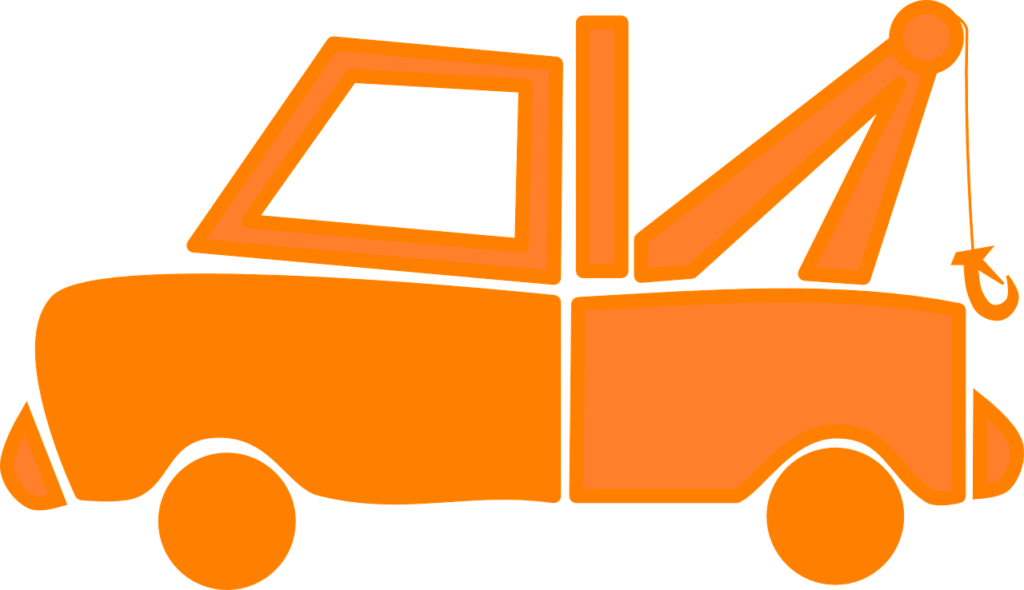
This image is property of pixabay.com.
Legal Considerations for Towing in Neutral
Checking Local Towing Regulations
Before towing a car in neutral, it is important to be familiar with the local towing regulations that govern your area. Different regions may have specific laws and regulations regarding towing practices, equipment requirements, and speed limits. Familiarize yourself with these regulations to ensure compliance and avoid any potential legal consequences.
Complying with State Laws
In addition to local regulations, it is crucial to understand and comply with state laws governing towing. States may have specific requirements or restrictions related to towing practices, such as licensing, weight limits, or mandatory safety measures. Failure to comply with state laws can result in fines, penalties, or even the impoundment of the towed vehicle.
Understanding Insurance Coverage
When towing a car in neutral, it is prudent to review your insurance coverage to ensure that you are adequately protected in the event of any accidents or damages. Contact your insurance provider and discuss the specifics of towing a vehicle to understand the extent of coverage provided and any additional requirements or recommendations.
Alternative Methods of Transporting a Car
Using a Car Carrier or Transporter
Using a car carrier or transporter is an alternative method for transporting a car without the need for towing. These specialized trailers are designed to safely secure and transport vehicles without putting additional strain on the drivetrain or engine. Car carriers or transporters offer a convenient and professional solution for long-distance transportation or when towing may not be suitable.
Hiring Professional Towing Service
In situations where towing a car yourself may not be feasible or desirable, hiring a professional towing service is an excellent option. Professional tow truck operators have the knowledge, experience, and specialized equipment to ensure safe and efficient vehicle transport. They also understand the importance of towing a car in neutral and will adhere to the necessary procedures.
Considering Vehicle Shipping
Vehicle shipping is another alternative to towing, especially for long-distance transport. This method involves hiring a specialized vehicle shipping company to transport the car on a truck or trailer. Vehicle shipping offers the advantage of minimizing wear and tear on the car, as it is loaded and secured onto the carrier without any wheels touching the ground.
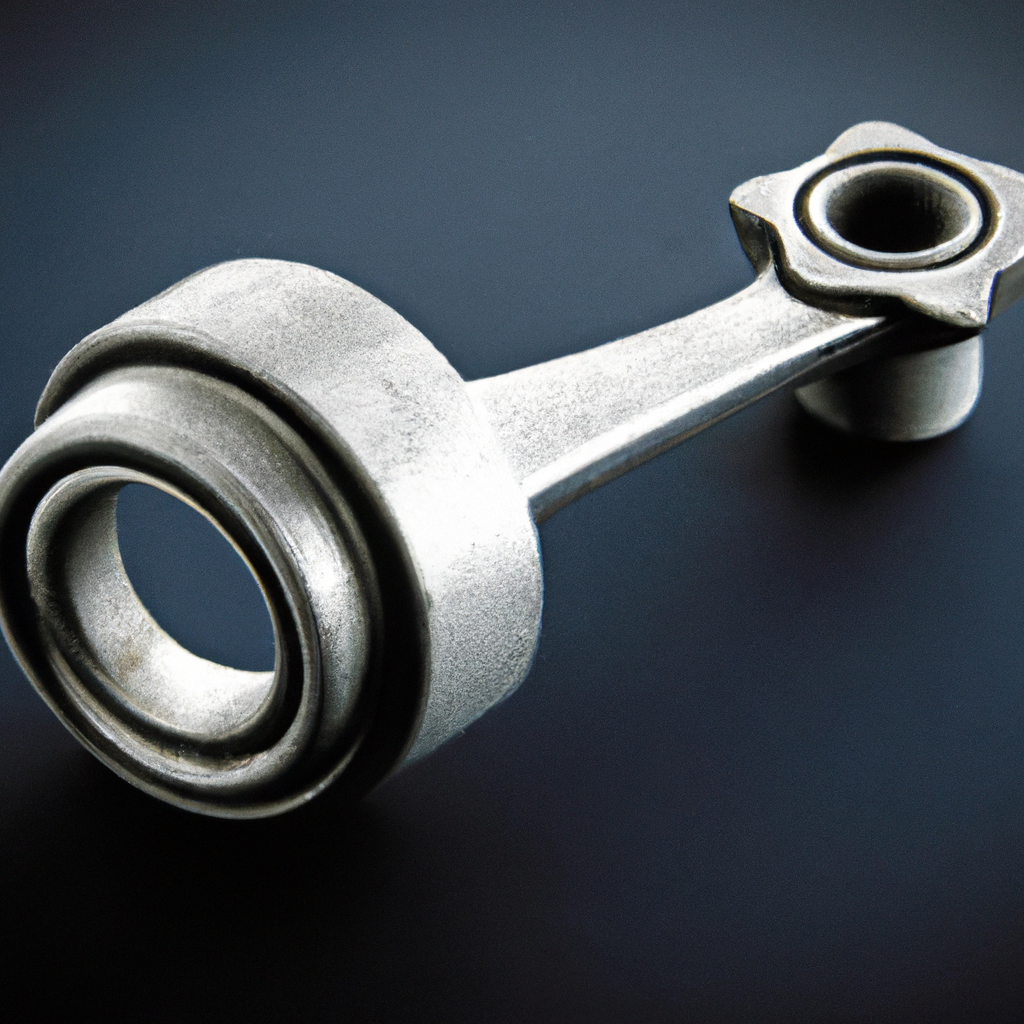
Common Towing Mistakes to Avoid
Towing Beyond the Vehicle’s Capacity
One of the most common mistakes when towing a car is exceeding the vehicle’s towing capacity. Each vehicle has a specific towing capacity specified by the manufacturer, and exceeding this limit can result in significant damage to the vehicle’s drivetrain and suspension. Always ensure that the towed car’s weight does not surpass the towing capacity of the towing vehicle.
Neglecting Safety Precautions
Neglecting safety precautions when towing a car can have severe consequences. Failing to properly secure the towing equipment, ignoring safety guidelines, or not conducting necessary inspections can lead to accidents, injuries, and damage to the vehicles involved. It is vital to prioritize safety and follow all recommended safety measures when undertaking any towing operation.
Improperly Securing the Vehicle
Improperly securing the towed vehicle can result in considerable damage during transport. Failing to secure the vehicle correctly can lead to shifting, tilting, or even detachment from the towing equipment. Always ensure that the towed vehicle is securely fastened using the appropriate straps, chains, or attachments to avoid potential accidents or damages.
Failing to Communicate with Other Drivers
Communication with other drivers on the road is essential for safe towing operations. Failing to use proper signaling, neglecting to indicate lane changes or turns, or not providing sufficient warnings to other drivers can lead to confusion and potentially dangerous situations. Maintain clear and consistent communication with other drivers to ensure the safety of everyone on the road.
Conclusion
Towing a car in neutral is of utmost importance to ensure the safety of both the towed vehicle and the towing vehicle. By understanding the basics of towing, the benefits of towing in neutral, and the proper procedures for towing, individuals can undertake this task with confidence and minimize the risk of damages. Always refer to the owner manual, follow legal requirements and safety guidelines, and consider alternative methods of transportation when towing may not be suitable. By adhering to these principles, individuals can effectively and safely tow a car in neutral without incurring unnecessary risks or potential damages.
